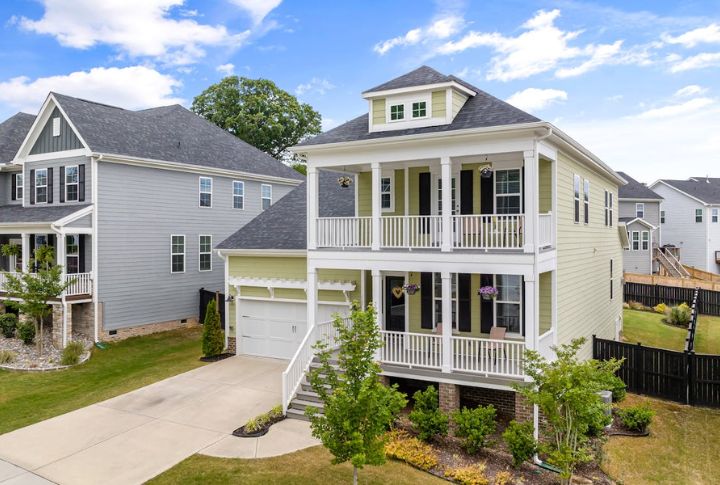
Most neighborhoods in America now offer two housing choices: big or small, nothing in between. But that wasn’t always true. Just somewhere along the line, modestly sized homes stopped making it past the planning stage. So, what actually happened? Here’s a look at 10 facts about the middle housing scene in America.
These Homes Once Filled American Streets
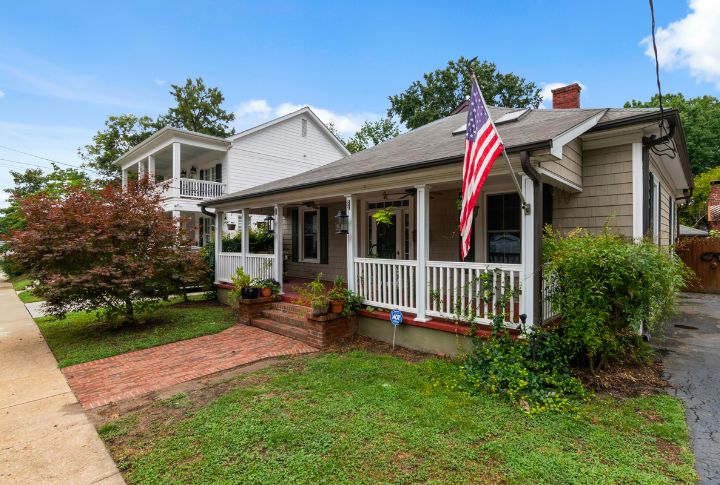
Walkable neighborhoods used to be filled with bungalow courts and corner duplexes. These were the backbone of places like Philadelphia and Los Angeles. But as suburban sprawl took over and car-first policies dominated, most of these modest housing types quietly disappeared from the map.
Zoning Rules Took Them Off The Map
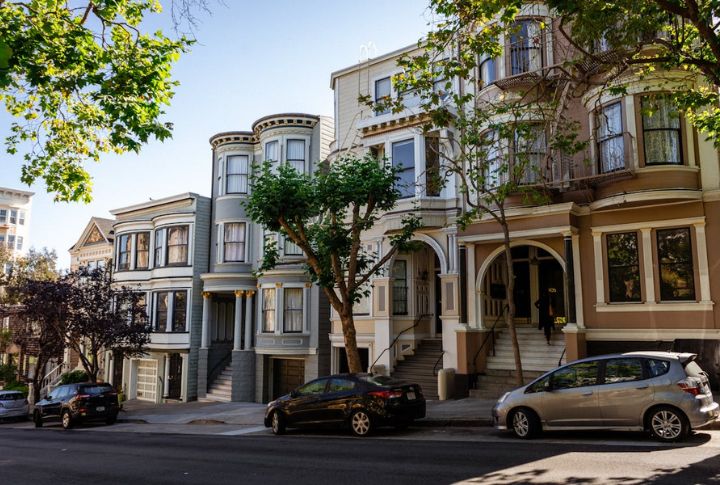
A century ago, single-family zoning quietly became the norm in American cities, excluding modest homes, such as duplexes and triplexes, from most neighborhoods. By 2022, over 75% of urban residential land will be reserved for single-family homes, which will reduce the housing supply and push affordability further out of reach.
Developers Say The Math Doesn’t Work
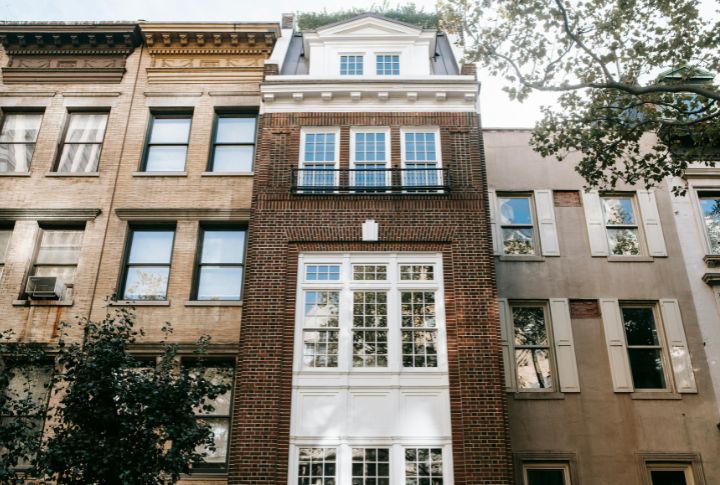
Middle housing may sound practical, but developers face harsh math. Rising land costs and per-project fees stack the odds against smaller-scale buildings. Because a fourplex often yields less profit than a luxury home or large complex, builders tend to stick to what scales up profitably.
Local Opposition Keeps Them Out
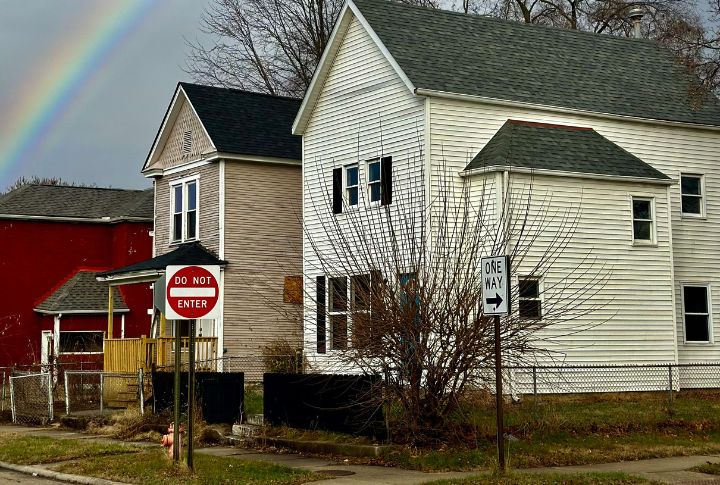
Neighborhood-level resistance continues to block even well-thought-out housing proposals. As concerns about traffic and density surface, city officials often retreat to avoid public backlash. While polls show strong support for more housing options, a few loud voices still steer policy, often in the opposite direction.
Financing Systems Don’t Support Middle Housing
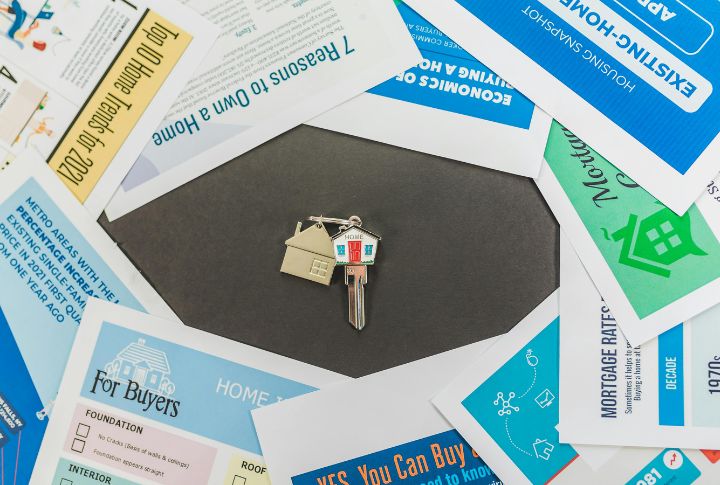
Money remains a significant obstacle. Banks often reject loans for smaller multi-unit projects due to a lack of comparable properties. Appraisers struggle to assign accurate values, and government-backed mortgage programs usually fail to meet the needs of the middle class. So, even when legal, these homes remain financially out of reach.
Young Buyers Are Left With No Entry Point

As housing prices soar above five times the median income in many cities, young Americans face a narrowing path to homeownership. Starter homes under $300,000 have become rare since 2012. Although Millennials and Gen Z prefer walkable, smaller-scale options, middle housing isn’t being built to meet that need.
Some Cities Tried To Bring Them Back

A few cities have responded with policy changes. In 2019, Minneapolis ended single-family zoning citywide. Oregon’s HB2001 now permits duplexes in most residential zones, and Portland approved up to six units per lot. Still, high construction costs and limited builder capacity have slowed meaningful progress.
Sprawl Became The Only Growth Pattern
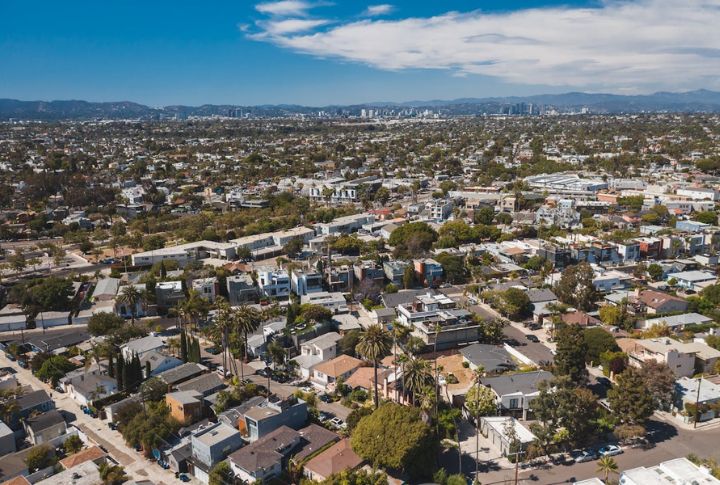
Federal policies after World War II, including FHA loans and the GI Bill, encouraged suburban expansion. New subdivisions were designed for cars, not for variety. As cities expanded, they incurred rising infrastructure costs. Without middle housing, dependence on cars and carbon emissions both continued to grow.
These Homes Are Just Missing, Not Obsolete
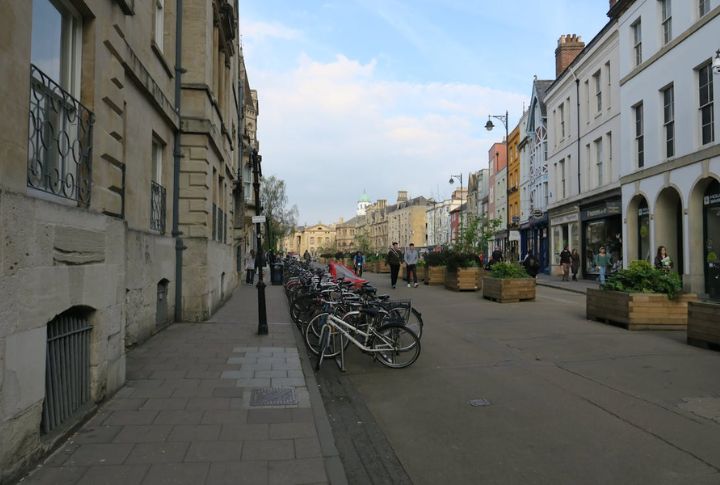
Surveys continue to show high interest in townhomes and ADUs. People of all ages want walkable neighborhoods with modest-sized homes. Yet these options remain scarce. Research confirms the underproduction of 2- to 4-unit housing, which explains their absence—it has nothing to do with a lack of demand.
Is Change Finally On The Table?
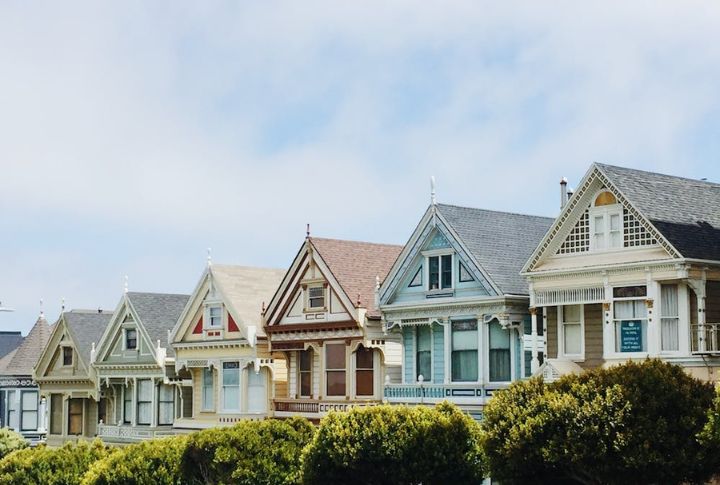
Here’s the answer: Momentum for zoning reform is growing, and national policy is beginning to reflect that shift. The 2021 federal infrastructure bill offered incentives for cities to reconsider restrictive codes. While states like California have legalized ADUs and duplexes, legal hurdles and cultural resistance continue to slow broader progress.

